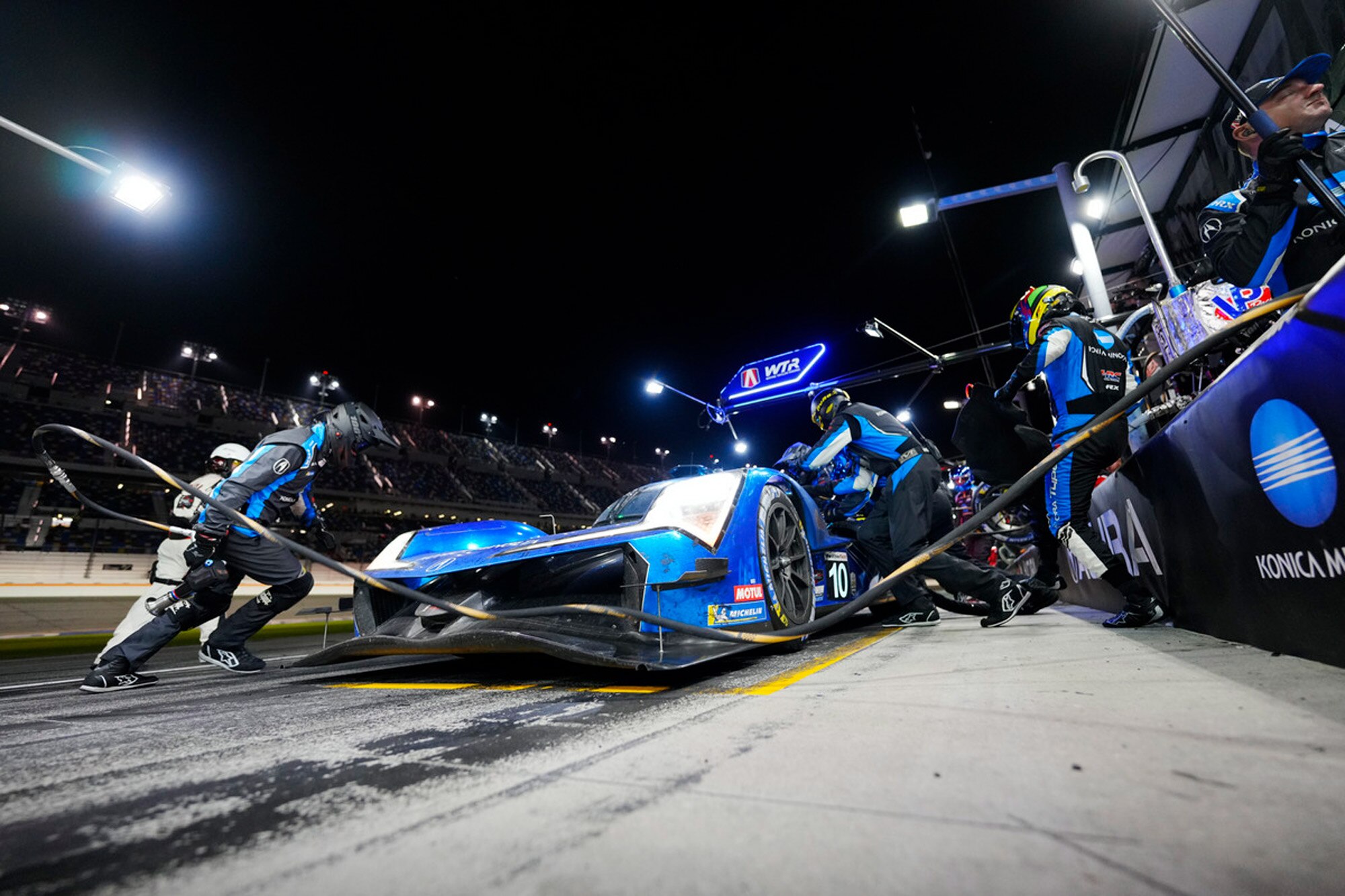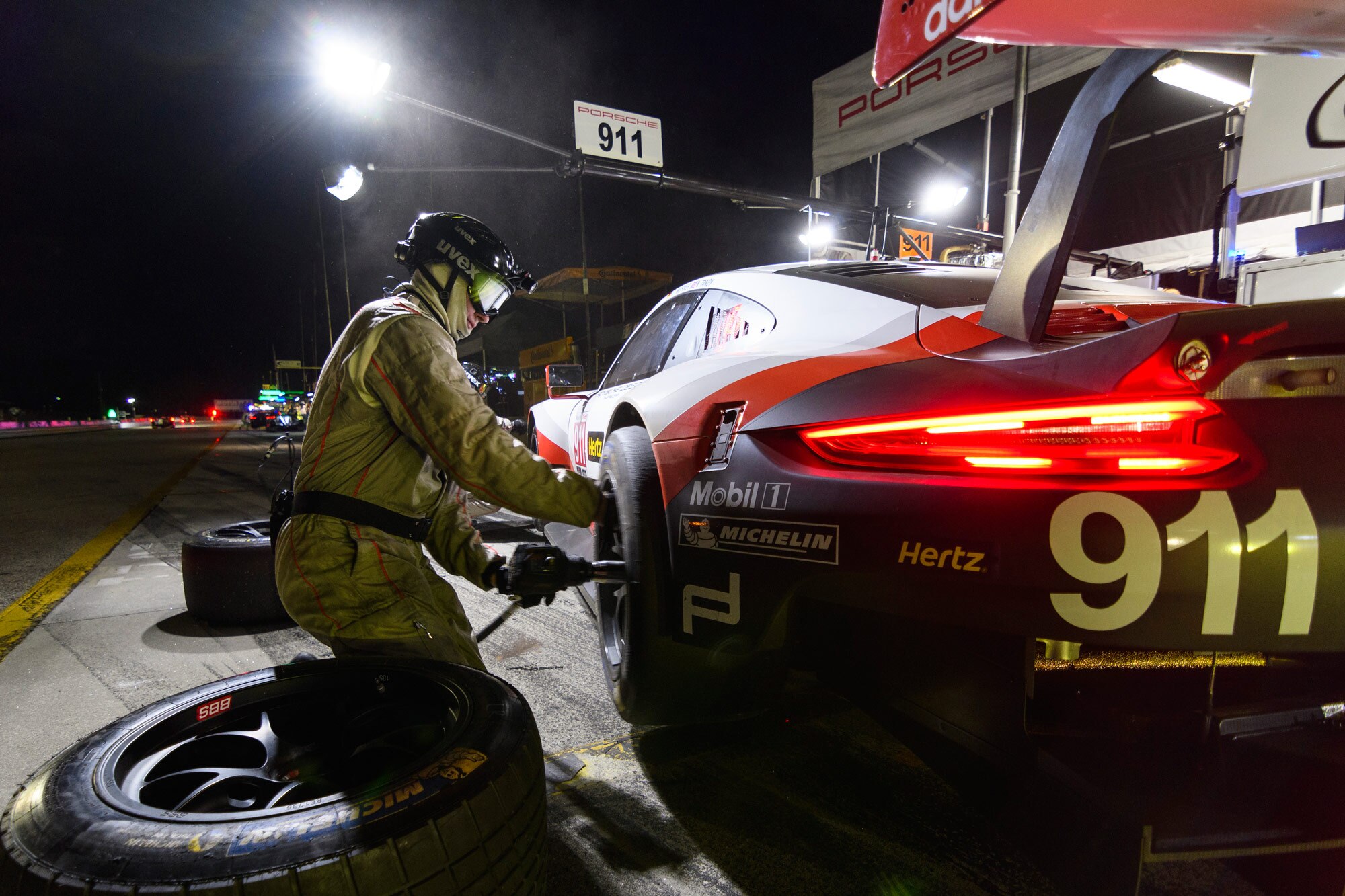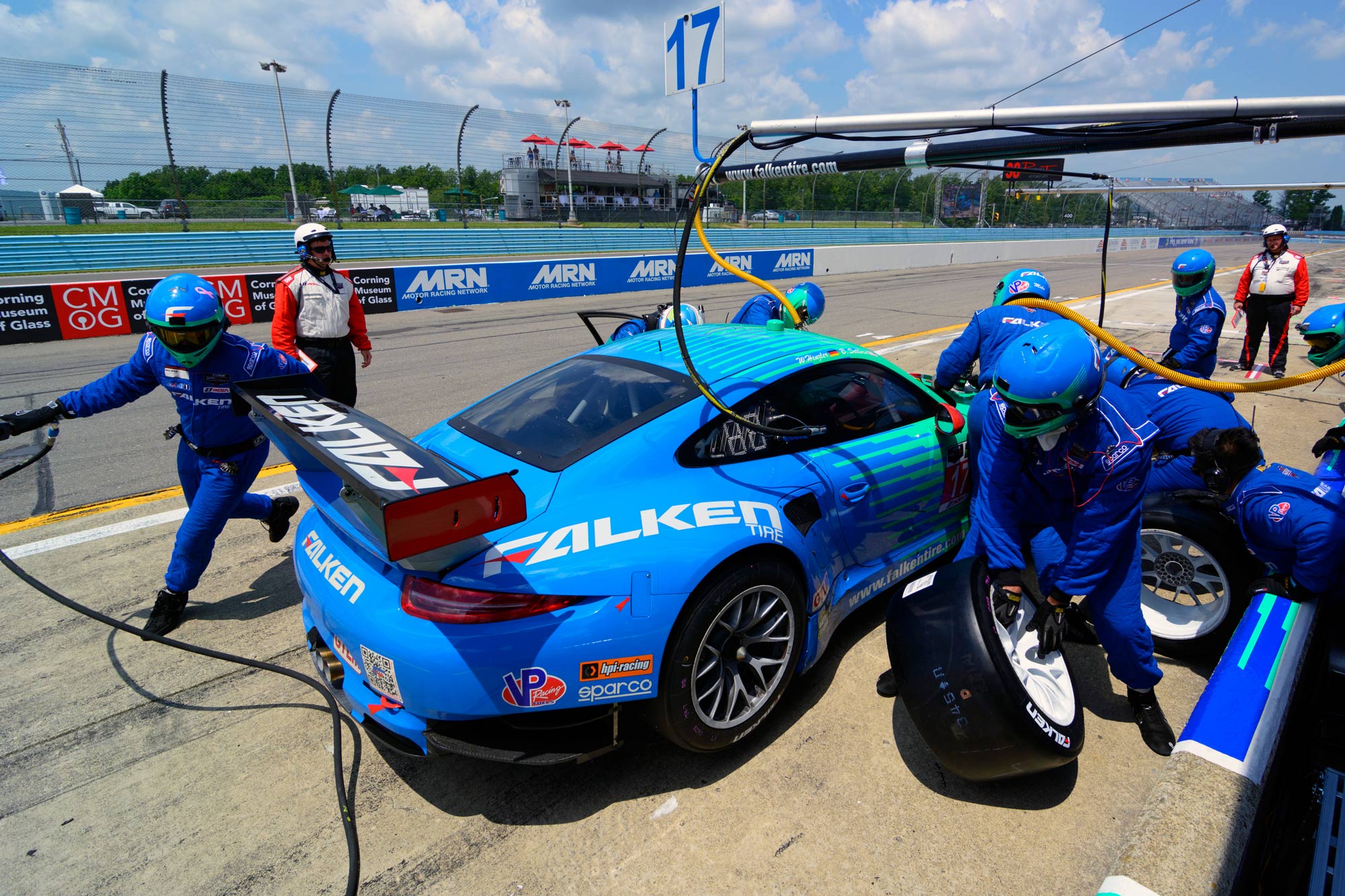How Racing Makes Your Car's Tires Better
Companies invest a lot of time and effort in racing to improve the tires on your family car.
 Porsche
Porsche
The right tires can make the difference between victory and defeat in the racing world. Racing is the ultimate laboratory, and major tire manufacturers use their experience in top-tier automotive competition to improve the mainstream tires you can buy for your everyday car, truck, or SUV.
 Acura
Acura
How the Indianapolis 500 Influences Your Car's Tires
Dale Harrigle is the chief engineer for replacement tires at Bridgestone. He knows how racetrack experience can inform the design and engineering of street-car tires. In a previous role at the company, he spent more than two decades in the Firestone racing program.
For 25 years, the Bridgestone tire brand Firestone has been the exclusive tire supplier for the IndyCar racing series, equipping the cars that race at the Indianapolis 500. As Harrigle explains, IndyCar's high-speed laboratory provides the perfect testing environment for new tire technology.
"One thing that we've really leaned into with our racing efforts lately," Harrigle said, "is sustainability."
Bridgestone is currently testing rubber made from guayule, a plant native to the southwestern United States that promises to supplement traditional rubber trees to supply the tire industry. Guayule rubber is used in Firestone's "alternate green" IndyCar racing tires, providing crucial durability data.
"Racing is a great opportunity for us to understand how to develop sustainable materials for difficult applications," Harrigle said.
If a tire can stand up to the Indy 500, your daily driving should be a piece of cake.
 Porsche
Porsche
Technology Transfer From the Pros
At this year's Indianapolis 500, drivers exceeded 230 mph in qualifying, putting their tires through torture far beyond what you can dish out on your daily commute.
"One of the key enemies of a racing tire is heat," Harrigle said. "Understanding how to make our materials perform in that application helps feed tires, like our Firestone Indy 500 tire, that people can buy for the street."
It's not just about high speeds and high temperatures.
"We may not worry about snow in IndyCar, but we certainly have rain tires," Harrigle said.
He explained that Firestone uses immensely powerful computer simulation technology to develop racing tires that give superior grip in the rain, even at triple-digit speeds.
"We've taken that simulation technology and applied it to our consumer tires to make better wet-weather performance for our consumers," he said.
You can see the results for yourself. The Firestone Firehawk All-Season V2 sedan and minivan tire, Harrigle said, uses a tread design developed directly from IndyCar rain tires.
 Porsche
Porsche
Endurance Racing Can Educate Daily Driving
Michelin is the official tire supplier for the International Motor Sports Association (IMSA) sports-car racing series, where automakers from Ford and Chevrolet to Aston Martin and McLaren compete.
Eric Schmedding is Michelin's product category manager.
"Many of the race cars are production-based vehicles," he said, "which makes the transition of technology from track to street much more relevant."
IMSA races are often endurance events, including the round-the-clock Rolex 24 at Daytona and the 12 Hours of Sebring. These events can vary in length from around three to 24 hours.
"Tire performances critical for success in endurance racing are also important for road-going cars," Schmedding said. "Think of consumer needs like grip, longevity, consistency of performance over time, efficiency, and sustainability. We use the racetrack as a giant test lab. Much of what we learn on the racetrack can be adapted for our street tires."
In the high-pressure, fast-paced world of racing, fractions of a second can make the difference between victory and defeat. This environment can push engineers to make rapid improvements.
"Motorsports are an essential means of accelerating the development of new technologies and sustainable solutions," Schmedding said. "Working in this sector allows Michelin to innovate, experiment, learn, and pass on knowledge at a rapid pace. This saves valuable time in the development, application, and marketing of new tire technologies."
Schmedding gave a specific example. More than 30 years ago, Michelin became the first tire company to use silica in road-going car tires. It's now a common additive in modern tires.
"This was a breakthrough technology that greatly improved tire efficiency, wet traction, and wear life," Schmedding said. "It was first developed for motorsports and was quickly adapted for passenger-car tires."
 Ford
Ford
All-Terrain Competition Translates to Better Tires
Not all racing happens on pavement. Off-road racing often happens in rocky, sandy environments.
"Off-road racing is one of the most grueling and punishing environments for a tire," Schmedding said, "and we use this experience to innovate and develop better tires for our consumers."
BFGoodrich, a Michelin brand, has long been associated with off-road racing.
"Much like how Michelin uses endurance racing to develop and improve tire technologies, BFGoodrich has a large presence in off-road racing," Schmedding said. "In fact, every BFGoodrich All-Terrain KO2 and KO3 has a Baja Champion logo on the sidewall indicating that these same tires competed, and won, in the legendary Baja 1000 race."
 Porsche
Porsche
The Human Element in Tire Improvements
Understanding how top-tier racing experience can help tire engineers improve their products is relatively easy. Harrigle pointed out another benefit of racing: the human element.
"Our culture is only as good as the people who work here," he said. "We've had a number of people in our organization who have moved from a motorsports role into a consumer role, and I think motorsports is a really great environment to learn."
Written by humans.
Edited by humans.
 Bob Sorokanich
Bob SorokanichBob Sorokanich is a car-obsessed journalist and editor who manages to maintain an old Mini Cooper and a love affair with automobiles while living in New York City. When he's not thinking about cars, he's riding his motorcycle, and when he's not riding his motorcycle, he's anticipating his next joy ride.
Related articles
View more related articles